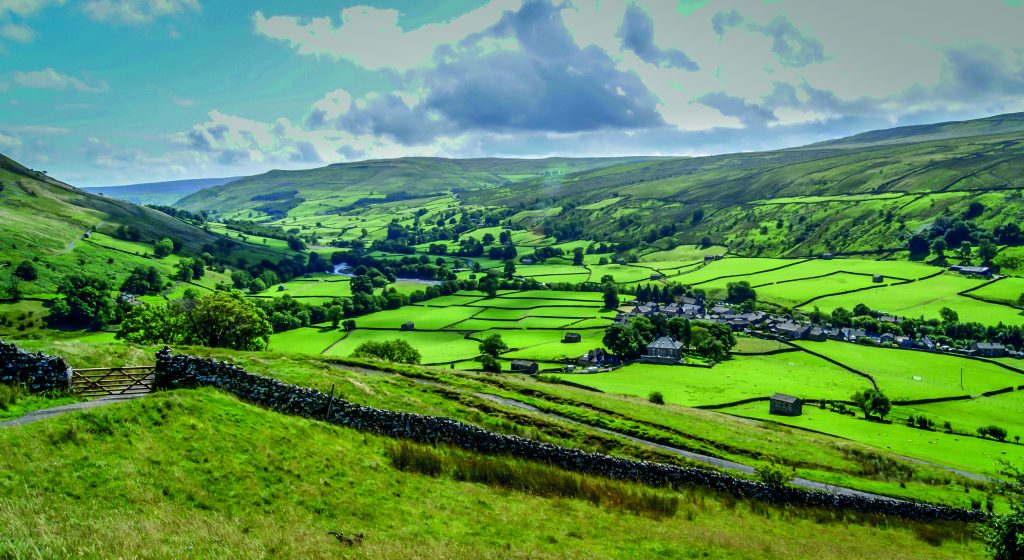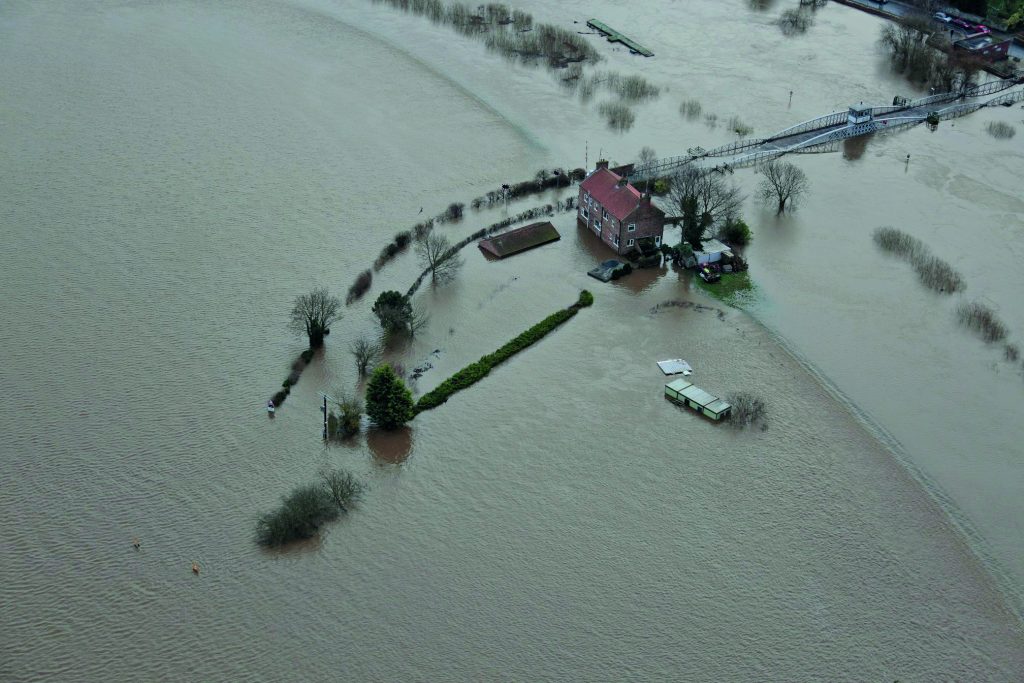Better with the bigger picture
With climate change and increasing urbanisation expected to exacerbate flooding events around the world, flood risk specialists Graham Knott and Cathryn Spence offer six ways to improve holistic flood risk management.
As growing numbers of homes, businesses and whole communities are exposed to flood risks, there is agreement that more needs to be done to improve their resilience. Such widespread risk requires widespread responsibility and that means water and flood bodies making the most of working with community groups to jointly deliver flood risk management on a catchment scale.
This approach has been gaining momentum since the release of the UK government’s updated river basin management plans, first published in 2009, which set out how water and flood authorities, private organisations and communities can work together to improve the water environment. Since then, the National Flood Resilience Review 2016 and Future Flood Prevention Review 2016/17 have been promoting catchment wide measures to deliver a more sustainable water environment.
But there seems to be a gap between plans and delivery across catchments, even though the benefits can be great — by using a broader range of flood risk measures, the Environment Agency (EA) could provide protection, water companies could see improved water quality and ensure greater water security, while local authorities could see water issues integrated more into planning and development. So how do you deliver more joined up catchment management?

1/ BREAK DOWN SILOS
A lot of good work has been done to develop relationships between our water management authorities, but many silos still exist. For a whole catchment approach to work, the EA, local authorities and water companies should jointly care for and manage entire river basins, integrating their disciplines, rather than working to deliver just their individual responsibilities. Achieving this will take time, but it will help each group better understand the overall nature and needs of a catchment to deliver more holistic change.
2/ APPOINT LEADERSHIP
Given the complexity of long-term flood risk management, appointing a flood risk management team, led by a senior flood risk manager to oversee all flood risk activities in a river basin, would be beneficial. This would ensure all activities are coordinated and managed for the overall benefit of the region and environment. This is akin to the approach being implemented by Network Rail where renewals, operation, maintenance and emergency response are the responsibility of a single network route manager. Managing flood risk is at the core of managing our catchments — it is perhaps the only catchment-wide activity that has national and local government backing, drawing partners and stakeholders together.

Image credit:Peter Smith Photography
3/ PROCURE IN PARTNERSHIP
To break down silos, flood and water management projects need to be procured jointly, so any impacts that cross over into each discipline can be managed and the benefits shared. The Eastern Solent Coastal Partnership applies this sort of thinking to their work on England’s south coast. By bringing together local authorities with common aims they can consider the coastline in a more holistic way and ensure not only efficiencies, but that any impacts on neighbouring frontages are considered and managed. By applying this to river basins, we could see river basin partnerships set up to deliver all water environment based work irrespective of authority boundaries or responsibilities. With no changes needed to current roles and responsibilities, partnerships could be set up quickly and easily.
4/ ENCOURAGE COMMUNITY OWNERSHIP
Communities are integral to whole catchment management success but are often involved only on individual schemes. Only when all communities within a catchment act together is it possible to achieve the maximum benefits. In York, in north-east England, we have been looking at the effects of using natural flood risk management (NFRM) to slow the flow of water in the upper catchment to reduce flooding through the city. This requires bringing people together and working with communities living upstream to implement change for which they themselves will receive no direct flood risk benefit. The works within their area will however benefit people living further downstream.
Ultimately, something needs to bring people together. Through payments for ecosystem services, for example, land owners and natural resource managers could receive payments for ecosystem services derived from NFRM practices on their land. For example, a farmer who plants trees on their land could receive payments from local businesses in return for the wider benefits the trees provide to society — such as flood reduction, nose regulation, recreation and disease and pest control.
5/ MOVE TO REGIONAL FUNDING
Currently, most flood and water management funding is approved on a national scale. But it is local and regional communities who have the best insight into the needs of catchments. More regional funding would give more power to communities and authorities to manage their water environment, bringing more targeted control that fits in better with an area’s development.
Funding could be aligned to river basin management or catchment areas, with national government contributing only to elements such as the protection of critical national infrastructure. This would enable catchment-wide solutions to be put in place, allowing communities up and down the catchment to work collaboratively to address issues.
6/ ACT NOW
Events like the 2015 Cumbria Boxing Day floods in the UK show that building higher flood defences is not the only answer to flood protection. Following through with NFRM programmes across catchments is vital if we are going to see lasting change. Defra is investing £15 million in NFRM projects, while the Natural Environment Research Council is providing £4 million funding for research into novel hydrological, sediment and geomorphological processes and flood modelling to assess the effectiveness of NFRM. By investing in sustainable approaches like NFRM, we can build the evidence base and best practices needed to inform future FRM policy and regulations that will better protect communities for generations.






